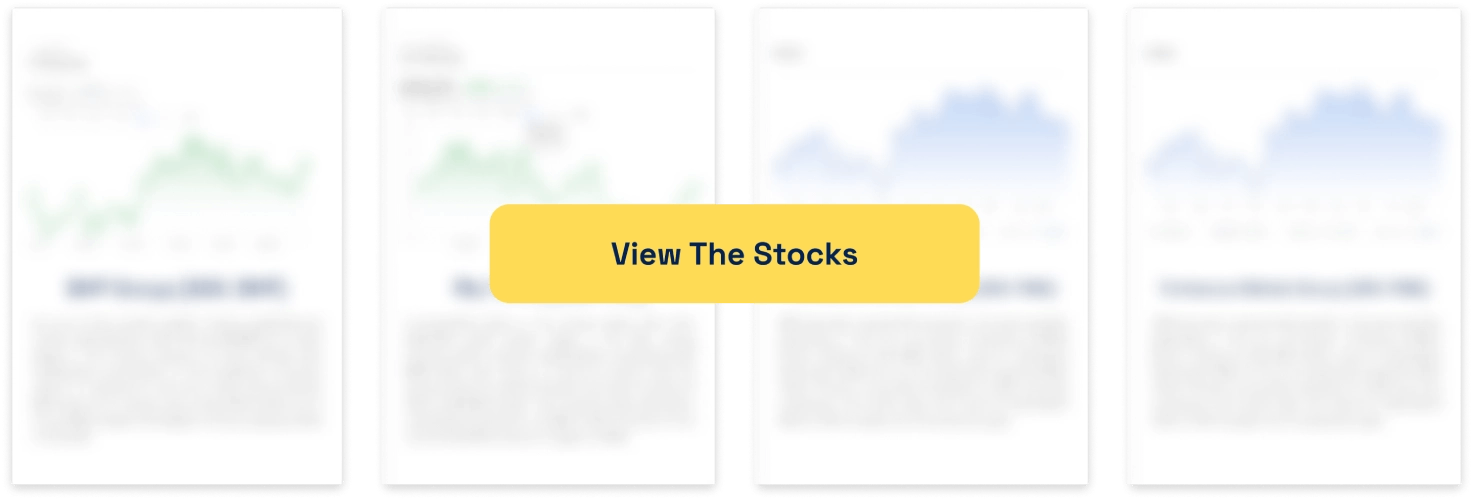Should I buy Apple shares from Australia? Can the US$3.3tn behemoth grow any further?

Investors asking themselves, ‘Should I buy Apple shares from Australia,’ are not just considering buying shares any company, but the world’s largest. Capped at over $3tn, the Silicon Valley-based tech (and arguably luxury) company has risen to spectacular new heights since the departure and death of Steve Jobs, surpassing $1tn in August 2018, $2tn in July 2020 and $3tn in August 2023.
Of course, market capitalisation can sometimes be misleading, although last year’s BrandZ report out of Kantar rated the Apple brand alone as US$1tn. Google and Microsoft were well behind – they couldn’t even crack $800bn. What has been the secret to its success, what lies ahead for the company, and should you consider buying it.
The history of Apple up to 2011
You likely know the story up to 2011, but let’s quickly recap anyway. Apple was incorporated by Steve Jobs and Steve Wozniak in 1977 and from the start produced personal computers, beginning with the Apple I, then Apple II, Lisa and Macintosh. Jobs and Wozniak departed in the mid 1980s and the company struggled for over a decade until Jobs returned. Job’s second stint lasted until 2011 when he stood down for health reasons and died 2 months thereafter.
Who could forget the 2000s with Apple’s marketing campaigns? Think Different, these ads said. The opening of Apple Stores across the world, a far cry from where you went to get your Apple computer fixed back in the early 2000s (From this shop in a standalone building on a shopping strip staffed by a guy (it was always a guy) who looked like he’d never been on a date but had been to Comicon every year). Today you go to a ‘Genius Bar’, manned by staff in company T-shirts called Geniuses. Whether or not they are genuises to you will likely depend on whether or not you got your issue fixed and nothing more.
“One more thing…”
Oh and don’t get us started on Jobs’ annual presentations. He would declare there was ‘one more thing’…and unveil a device that changed the world. The iMac, iPod, iPhone, iPad…if there has been a run quite like this, let’s hear about it. Spare a thought for competitors in a company who anticipated Jobs’ speeches in horror rather than eagerness, wondering what would hit them next. But most importantly, the company returned to profitability.
Through all its initiatives, the company gained a reputation as being innovative, and has arguably become a luxury good given the premium it charges and how if you compare the location of Apple devices to Android, the former are a lot more present in higher income areas of major cities. To illustrate this, consider the city of Melbourne. If you live in Toorak or St Kilda, you most likely have an iPhone. If you live at Werribee or Dandenong, it is Android. In Sydney, if you live in Bondi or Manly, you have an iPhone, if you live in Blacktown, it is Android.
Since 2011, even better?
Obviously things have been different since then. The ‘One More Thing’ days are gone. Those days could’ve realistically continued (not forever but for a few more years at least) – all Apple had to do was replace Steve Jobs with Jony Ive, the chief designer. Instead, the company opted for Tim Cook, who was Chief Operating Officer and had been with the company in various roles since 1998.
It is hard to argue Cook’s tenure has not been a success, given the company’s market cap has gone up from $377.5bn at the end of 2011 to over $3tn now, not to mention that the company’s revenue grew from $108bn in FY11 to nearly $400bn in the past couple of years. Considering some, led by Oracle CEO Larry Ellison, were not even sure the company would survive post-Steve Jobs, it is a fair feat.
Not Jobs’ magic
There have been some new products, particularly the Apple Watch. It is now worn by over 100m people and is a bigger business than the iPod was at its height. And the AirPods, which have quickly gained popularity, trumping all other competitors in the wireless-earbud category. It is easy to forget that Steve Jobs tried introducing a similar product in 2007, the Apple iPhone Bluetooth Headset, but it was a flop. Oh, and the Apple Pencil, an innovative stylus used for iPads. Steve Jobs would never have done that – when he introduced the iPhone he made clear the only styluses they would use would be ‘the ones we were born with – 10 of them, our fingers’.
None of these have been the gizmos that any of Jobs’ products were. Sure, there has been some talk about VR/AR headsets, but these endeavours are still in their early days. And of course, it keeps rolling out new phones, although the improvements are incremental at best. But where will the new growth come from?
I wonder why AAPL is cratering
byu/ChamathWarriors inwallstreetbets
What next for Apple?
There are opportunities. One important thing that even some of Apple’s hardcore fans may have even missed is that it has moved to making its own semiconductor chips, rather than using Intel’s. These chips (Apple Silicon) combine the CPU, GPU and RAM into a single unit and are much better than Intel processors. Don’t expect to see Apple open its own factories and sell chips to other companies, although the control the company now has over its hardware and software helps the control it has over its user experience.
Another potential opportunity is in AI, but this could also be a risk. In fact, it actually is a risk and something Apple needs to respond to. A warning sign was Jony Ive’s firm being bought by OpenAI (ChatGPT’s creator) for US$6.5bn. What does Apple have to counter it? Siri. It was revolutionary when it was introduced in 2011, and was one of Jobs’ last initiatives, but 2011 was a while ago now. Siri can answer basic questions, but it cannot go as far as ChatGPT. Technology investor Rohan Silva wrote in the AFR that the OpenAI deal that,’ This moment may be remembered as the first serious glimpse of a post-Apple world. This may not be the beginning of the end for Apple. But it is, perhaps, the end of the beginning’.
Trump’s tariffs another concern
There is concern about its sales in China, with intense competition from local manufacturers, led by Xiaomi. And that’s before you even consider the tariffs. If Trump follows through with his threat to implement a 25% tariff, this would add US$109 to the average US$437 bill of materials, a cost that would be passed on to consumers. Nonetheless, some may consider it a blessing that Apple is even in the country – even Google has been kept out.
At some point, Apple may consider going elsewhere. But of course there will be challenges. Apple actually has tried to make things in America but failed, think about its ill-fated attempt to make Mac Pros in Texas which fell apart when suppliers couldn’t deliver basic components like screws in sufficient quantities. Plus, the US lacks the workforce China does.
India could be another option and there are hints Apple is considering increasing production there. But even India isn’t an entirely safe option.
But if you’d rather be Apple or Samsung, you’d rather be Apple given Apple’s base is more affluent and more likely to absorb costs.
The here and now
To make a long story short, Apple is in an entirely new era than it was during Steve Jobs’ tenure. Is it a good or bad thing? It is hard to argue that it has been worse, on the basis of its revenue and market capitalisation growth since then. Although it may need a new world-changing innovation to provide a better chance of survival into the 22nd century.
Apple is covered by 41 analysts and they have a mean target price of $228.76, a 17% premium to the closing price just before the 2025 Memorial Day weekend. These estimates vary from $170.62 on one hand to $300 on the other, the latter figure representing 30% growth from the current price and would make Apple a $4.5tn company!
The current price represents a 24.8x P/E and 19.5x EV/EBITDA, which are not unreasonable multiples for a company like Apple. Consensus estimates call for $407.1bn in revenue and a $107.2bn profit in FY25 (up 4% and 14% respectively), $431.2bn revenue and a $116.9bn profit (up 6% and 9%), followed by $457.1bn in revenue and a $129bn profit (up 7% and 10%).
Should I buy Apple shares from Australia?
In the short-term, you may want to consider it. The company has undergone substantial growth in the last decade, even without any new world changing products. Its current portfolio is enough to propel it.
In the longer-term, we think eventually it will need to come up with newer products to keep its position as the top company in the world. Jony Ive’s company being bought by OpenAI should be food for thought for the company, its employees and its investors about where the biggest opportunity and a threat may lie. It is not going under any time soon, and may well break through more trillion dollar barriers, but will it live to see the 22nd century?
What are the Best ASX Stocks to invest in right now?
Check our buy/sell tips
Blog Categories
Get Our Top 5 ASX Stocks for FY26
Recent Posts
Develop Global Wins $200m OceanaGold Contract- What It Means for Investors
Develop Global (ASX: DVP) climbed 4% to A$4.36 on Friday after securing a A$200 million underground development contract with global…
Nova Minerals Drops 14% on $20m Capital Raise- Buy or Avoid?
Nova Minerals (ASX: NVA) dropped nearly 14 per cent to A$0.90 following the announcement of a US$20 million (approximately AUD…
WiseTech (ASX:WTC) Rises After Richard White Cleared of Misconduct – Should You Buy the Dip?
WiseTech Global (ASX: WTC) climbed 3 per cent to A$70.18 on Friday after founder and Executive Chairman Richard White was…



